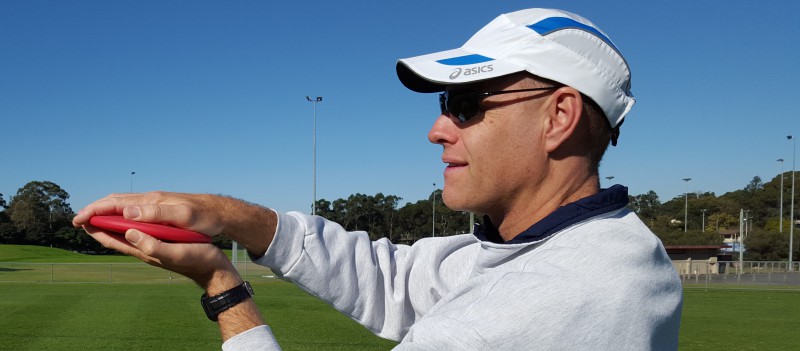Which Types of Coaching Cues are Better Than Others?
When we are teaching a child a new skill, we use cues and instructions to focus their attention on important aspects of the skill being learned.
For example, we might instruct an athlete to “keep their body tall” during a flop-style high jump take-off and to “push their hips to the sky” while they are above the bar.
Many different cues can be used in an attempt to achieve the same intended result. For example, to help teach a vertical high jump take-off position, we could cue the athlete to: “Keep tall” or “Hold your head up” or “Lift your eyes” or “Don’t look down” or “Jump up towards the sky”.
According to research one of the above examples is better than the others.
Which one do you think it is?
Internal vs External Cues
A number of studies have indicated that certain types of cues are more effective at promoting learning and improvements than others.
These studies have looked at the effectiveness of internal cues in comparison to external cues.
Internal Cues
Internal cues focus attention on an individual’s own body movement or muscle action.
External Cues
External cues focus attention away from the body or are targeted beyond the body on an external object.
Which is best?
The research indicates that while internal cues are very commonly used by coaches, it is external cues that are more likely to promote motor skill learning and performance improvement in an athlete.
External cues are best for learning and performance.
Therefore in the above example, according to this research, “Jump up towards the sky” is the cue most likely to work best.
Examples of External Cues Compared to Internal Cues
Below are some of my examples of external cues, compared to internal cues, that are both aiming for the same motor skill result. The external cue is stated first. Which works best for you?
Running
When using starting blocks:
“Explode towards the finish line” rather than “Push off the blocks with your feet”.

Hurdles
When teaching a lead leg action:
“Drive your knee towards the hurdle” rather than “Lift your knee to the front”.
Long Jump
While in the flight phase:
“Touch the sky” rather than “Arms up above your head”.

Triple Jump
During the step phase:
“Push the ground away” rather than “Push off your toes”.
High Jump
When above the bar:
“Hips to the sky” rather than “Arch your back”.
Shot Put
When releasing the shot:
“Blast the shot towards the horizon” rather than “Fully extend your arm”.

Discus
Just prior to the discus release:
“Point your belly button where you want the discus to land” rather than “rotate your hips to the front”.
Javelin
When performing the cross-step:
“Jump the puddle” rather than “Take a low running/jumping step”.

Summary
Externally focused cues appear to be more effective at improving learning and performance than those that are internally focused.
Now try it
The next time you are teaching a skill, consider ways in which you can use cues that create an external focus for the athlete.
Reference
Winkelman, Nick; “Attentional Focus and Cueing for Speed”; Strength and Conditioning Journal, December 2016, National Strength and Conditioning Association
Can you share any examples of effective external cues?
I would love to hear if you can add your examples of external cues to those that I have listed above. Let me know by using the below contact details.
If this post helped you please take a moment to help others by sharing it on social media. If you want to learn more I encourage you to leave questions and comments or contact me directly.
 Darren Wensor is a sports development professional, coach educator, specialist coach of young athletes and founder of the blog coachingyoungathletes.com. Learn more about him here and connect with him on Twitter, Facebook, Linkedin, Anchor or via email.
Darren Wensor is a sports development professional, coach educator, specialist coach of young athletes and founder of the blog coachingyoungathletes.com. Learn more about him here and connect with him on Twitter, Facebook, Linkedin, Anchor or via email.

Like it! Will have to try it. Thanks for posting
LikeLike
Great! I would love to hear how it works for you. Darren
LikeLike